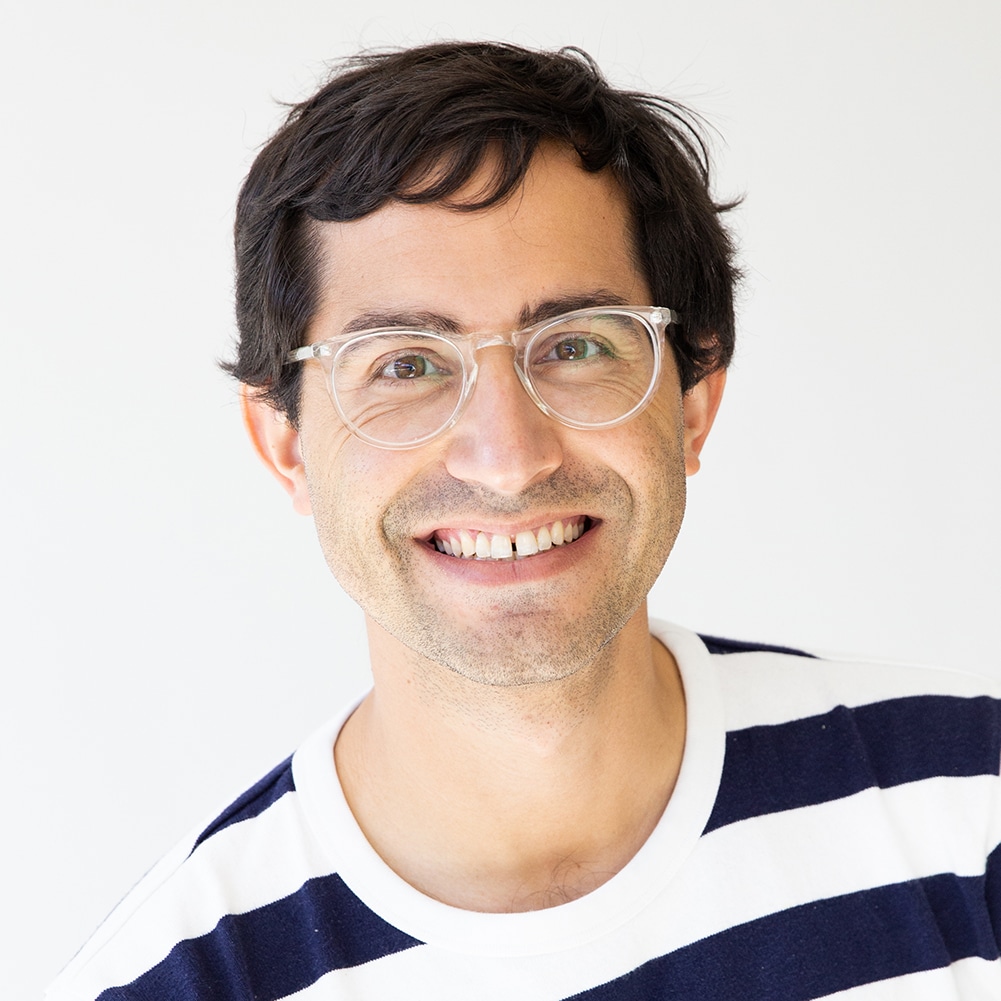

Photo by Ashley Byrd on Unsplash
In “The Hurt Locker,” we watch Staff Sergeant William James defusing bombs with cool precision under extreme pressure. Yet in the film’s final sequence, this same decisive expert freezes in the cereal aisle of a suburban supermarket, overwhelmed by dozens of practically indistinguishable choices.
This moment captures a puzzling reality that researchers have been exploring for years. Surprisingly, having more options doesn’t reliably improve our decision quality or happiness with our choices.
What happens instead? Our minds often freeze up completely.
When faced with too many options and information, our decision-making faculties don’t sharpen; they shut down.

Photo by Franki Chamaki on Unsplash
This phenomenon is perplexing because of its counterintuitive nature. Logic suggests that more information should lead to better decisions. Yet in practice, additional information fails to improve our choices after a certain point and actively undermines them.
I witnessed this firsthand where executives spent six months deliberating over sweeping cuts. Despite mountains of analyses and endless meetings, they remained stuck in a perpetual loop, unable to move forward.
Their predicament isn’t unique.
In a landmark study published in the Journal of Personality and Social Psychology, Sheena Iyengar and Mark Lepper found that when shoppers were presented with a display of 24 different jam varieties, only 3% made a purchase.
However, when shoppers saw a display with just 6 varieties, 30% bought jam—a tenfold increase in sales despite fewer options.
Similarly, research by psychologists Barry Schwartz and others shows that maximizers—people who seek the absolute best option—consistently report lower happiness, higher regret, and greater decision paralysis than satisficers who accept “good enough.”
We don’t need more facts—we need better filters. What separates helpful insights from distracting clutter?
It comes down to the thinking tools we employ. The mental lenses we look through determine whether information clarifies or confuses our path forward. Some approaches worsen our indecision; others cut straight to solutions.
I’ve discovered three powerful frameworks that can revolutionize your approach to making choices.
Each offers a unique lens that clarifies situations where others see only confusion.
First, discover how Indiana Jones found the Holy Grail by embracing “good enough” when everyone else sought perfection.
Then, learn how Jeff Bezos built an empire using a simple framework that cuts through fear and paralysis.
Finally, uncover why judges grant parole at dramatically different rates depending on the time of day—and what this shocking pattern reveals about your mental resources.
These aren’t just theories. They’re practical tools that illuminate blind spots and reveal paths forward when you feel stuck.
Ready to see decisions in an entirely new light?
When “Good Enough” Beats Perfect
In Indiana Jones and the Last Crusade, our hero faces dozens of chalices, only one of which is the true Holy Grail. While the villain chooses the most ornate cup and dies, Indiana selects the plainest one—”the cup of a carpenter”—and lives.
This scene perfectly illustrates satisficing versus maximizing. The villain sought the optimal choice, while Indiana sought one that met specific criteria.
Economist Herbert Simon introduced this distinction in his Nobel Prize-winning work. He recognized humans rarely can identify truly optimal solutions. Instead, we rely on simplification and “good enough” choices.
Studies reveal a surprising pattern: people who obsessively hunt for the “perfect choice” end up more frustrated and stuck than those who settle for “good enough”—even when perfectionists get technically superior results. Take career hunting: in a fascinating experiment, the perfectionists landed jobs paying 20% more but reported feeling worse about their decisions.
Why? It’s simple. They can’t stop thinking about the roads not taken. Meanwhile, the “good enough” folks move forward without this mental baggage once they find something that works.
Want to make this approach work for you?
- Know what you want before you start looking
- Give yourself a firm deadline to decide
- Draw clear lines around what you’ll even consider
The maximizing impulse drives innovation where incremental improvements matter. But for most choices, satisficing produces equivalent outcomes with greater well-being.
Future-Self Decision Making
In 1994, Jeff Bezos encountered a statistic: the internet grew at 2,300% annually. Considering whether to leave his Wall Street job, he developed a “regret minimization framework.”
He projected himself to age 80 and asked which decision would minimize regret. “I knew that when I was 80,” he explained, “I would never regret trying and failing. But I would regret never having tried at all.”
This method draws on key findings from psychological studies about regret. Psychologists Thomas Gilovich and Victoria Medvec discovered an important shift in how regret impacts us over time.

Photo by Zoë Gayah Jonker on Unsplash
Initially, people usually regret their actions that caused negative results. However, as time progresses, our strongest regrets shift toward missed opportunities and the paths we chose not to follow.
Gilovich and Medvec specifically observed that when individuals reflect on their lives, the majority express deeper regret about the things they didn’t attempt rather than the mistakes they’ve made. Unpursued opportunities—like skipped courses, unlaunched businesses, and relationships never initiated—tend to linger more persistently in memory.
The regret minimization approach focuses on long-term perspectives, altering risk assessment. Instead of being immobilized by immediate anxieties, decisions are evaluated based on their potential lifelong consequences.
To effectively use this method:
- Imagine yourself at an advanced age (such as 80).
- Prioritize reducing regret rather than maximizing immediate benefits.
- Consider the “end-of-life” viewpoint for significant choices.
- Write brief paragraphs describing how each potential decision might influence your life over several decades.
Adopting this framework will not eliminate the difficulty of tough decisions, but it will offer greater clarity by aligning your choices with enduring values rather than transient fears.
Managing Your Mental Resources
Your fate in court might depend on whether the judge had lunch.
That’s not hyperbole—it’s science.
Researchers analyzing over 1,000 judicial rulings discovered a shocking pattern: defendants were far more likely to receive parole in the morning or after breaks than later in sessions.
Same crimes. Same evidence. Dramatically different outcomes.
The culprit? A hidden force that affects every decision you make: cognitive bandwidth depletion.
As the day progressed, judges weren’t becoming deliberately harsh—their mental resources were simply becoming depleted.
This phenomenon—decision fatigue—affects us all.
Every decision we make draws from the same limited pool of cognitive resources.
Unlike physical energy, which we intuitively understand is finite, we often behave as if our mental energy is unlimited.
Psychological research has demonstrated how this cognitive bandwidth tax manifests across various domains.
People make poorer financial choices near the end of demanding workdays.
Consumers make more impulsive purchases after making a series of unrelated decisions.
Emergency room physicians prescribe more unnecessary antibiotics during their final hours on shift.
The implications are clear: your most important decisions deserve your freshest mind.
To optimize your cognitive capacity:
- Plan critical decisions when your mind is most alert (often in the morning).
- Group similar decisions together to benefit from context and minimize the mental load of switching tasks.
- Set default choices for recurring decisions to save mental energy.
- Schedule intentional breaks before making significant decisions.
- Structure your environment so it naturally prompts beneficial choices.
Recognizing your cognitive capacity as a limited resource enables you to enhance the quality of your decisions while minimizing mental fatigue.
The Decision-Maker’s Toolkit
The most successful people aren’t more intelligent than you—they just have better mental models.
While others drown in information overload, they navigate complexity with clarity.
What’s their secret? Three powerful frameworks that transform how they make decisions.
These models are cognitive shortcuts that bypass your brain’s natural limitations.
They don’t just help you decide; they fundamentally change how you see choices.
Combining these methods provides a clear strategy to overcome analysis paralysis:
- Set practical, “good enough” standards for routine choices to simplify decision-making.
- For important, life-altering decisions, employ the regret minimization approach to ensure alignment with long-term goals.
- Across all decisions, preserve your cognitive resources by automating simple tasks and scheduling complex decisions during your most alert periods.
Ultimately, the quality of our lives depends significantly on our decisions. While we can’t dictate every situation, we do have control over the mental frameworks we apply to navigate life’s challenges.

Juan Carlos, founder of Re:Mind
This is a guest post from Juan Carlos, who is the founder of Re:Mind, a mental models system that transforms complex thinking into practical wisdom. A behavioral health tech leader with roots in award-winning documentary filmmaking, he helps people cut through noise to make purposeful decisions. His writing explores how clarity of thought leads to more meaningful lives.


